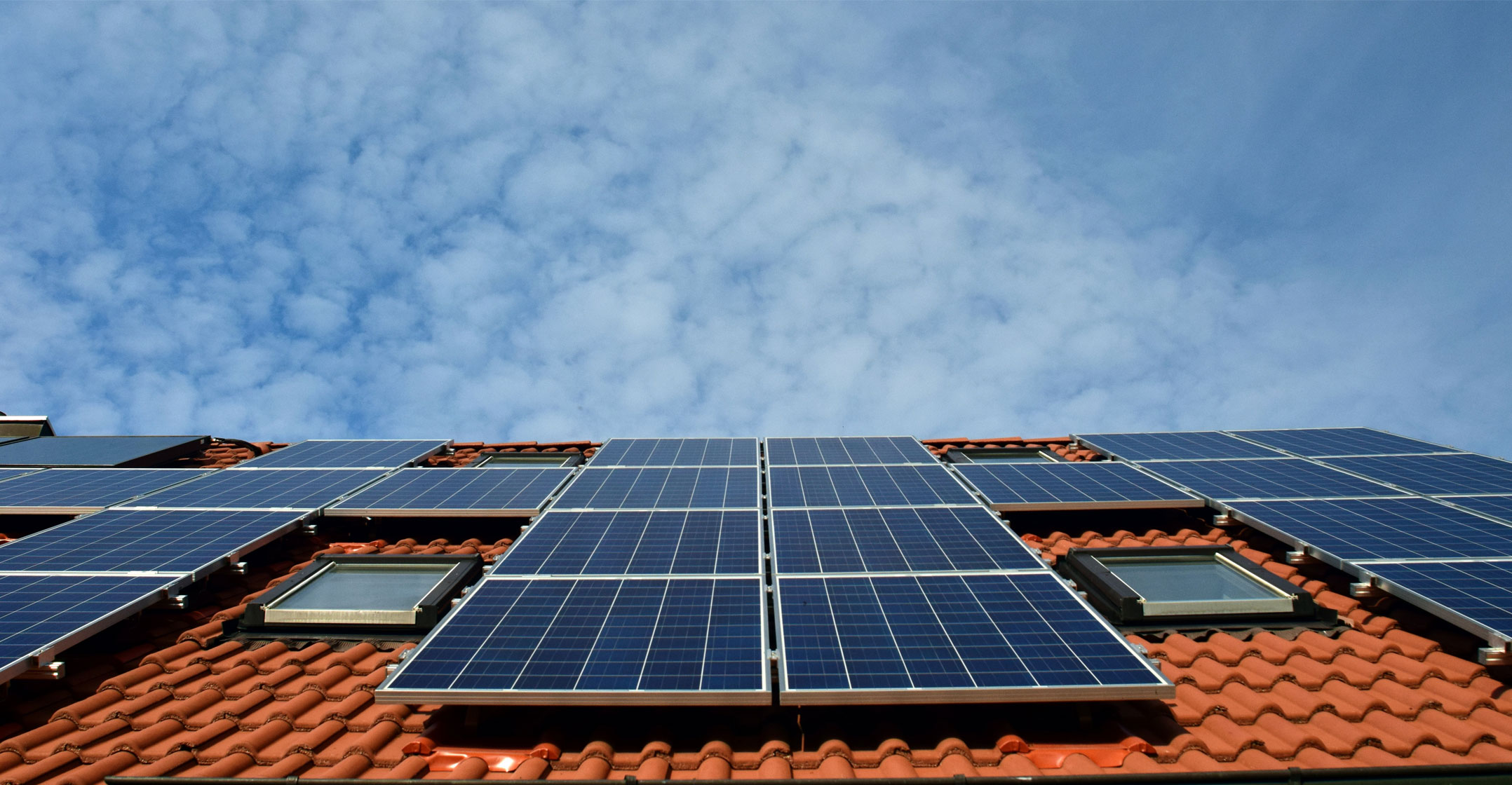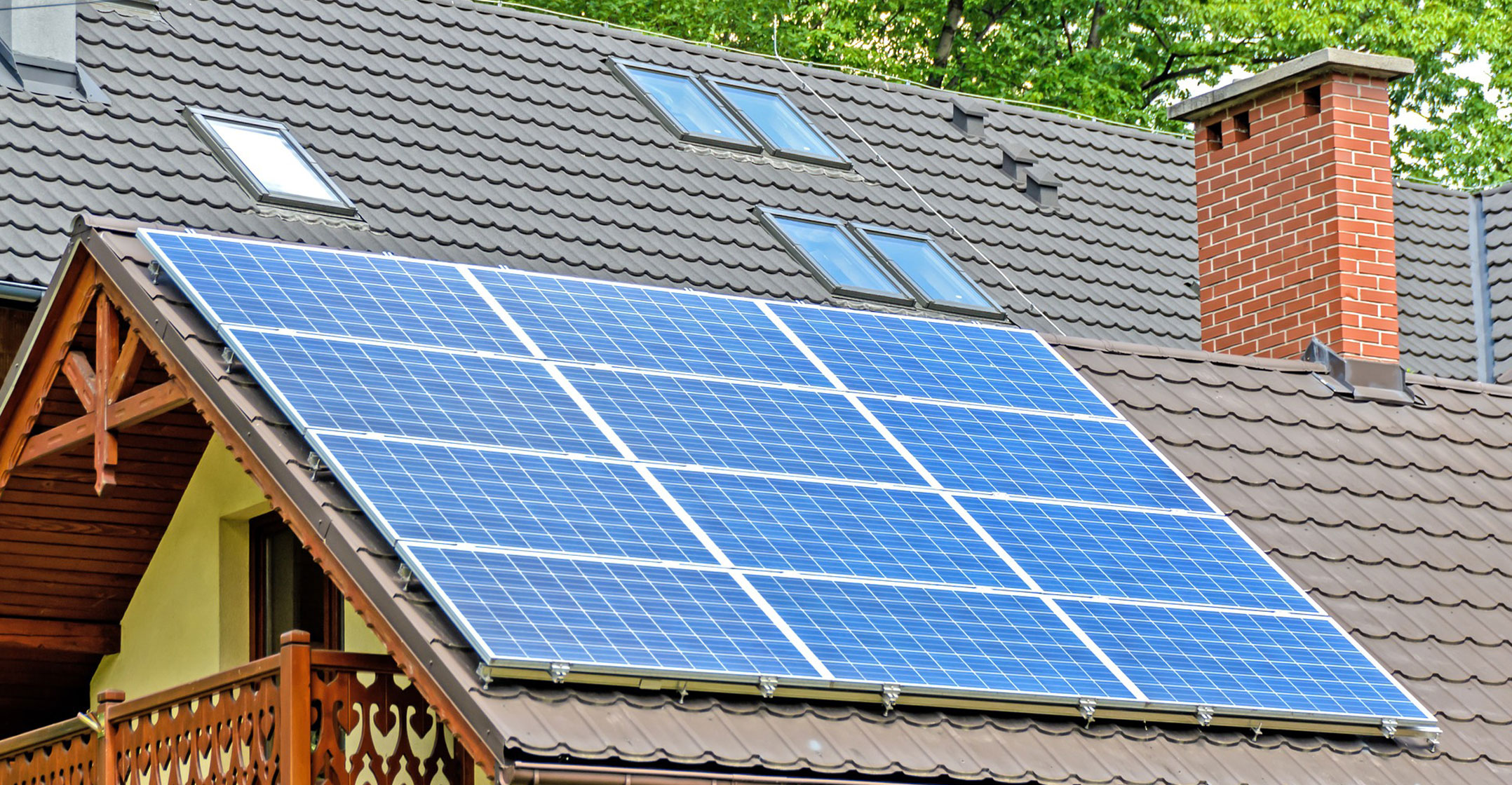 We just marked the 50th anniversary of Earth Day, and as I sat writing this column at home, I could gaze out the window at a day that would have made its founders proud.
We just marked the 50th anniversary of Earth Day, and as I sat writing this column at home, I could gaze out the window at a day that would have made its founders proud.
Washington, DC is currently enjoying its cleanest air in at least 25 years, thanks to decades of local, state and federal policies combined with a wet, windy spring. Bicycles abound; there’s almost no car traffic. Birdsong awakens us, sometimes far too early. There is, of course, a global pandemic element to the quietness, and pandemic-induced shutdowns are really not the way to way to get clean air. The same way an economic collapse is really not the best way to get cheap petrol.
There’s another thing I can see that Earth Day’s founders would be delighted by. On my roof, barely visible through a skylight, is a solar-power system that will more than meet my power demand for the day. It’s a small thing now, but it would have been an unimaginably big deal in 1970. Five decades on from the first Earth Day, an energy resolution that started low and slow is now changing the world in real time.
It all started 16 years before the first Earth Day, in 1954, when Bell Laboratories unveiled the first photovoltaic cell. They called it the “solar battery”, and the ads for it are charming. “The same kindly rays that help the flowers and the grains and the fruits to grow,” reads one, “also send us almost limitless power”. But the early marketing also contained a strong dose of realism: “There’s still much to be done before the battery’s possibilities in telephony and for other uses are fully developed.”
Much to be done, indeed. Photovoltaics were wildly expensive, complex to produce, and tiny. There wasn’t even a commercial application for them until 1962 with the Telstar 1, the “first privately sponsored space-faring mission” and the first satellite to relay a transatlantic television signal. Now solar power is standard on satellites.
What a difference
Other uses followed — power for weather stations, pipeline monitoring systems and off-grid homes — until developments in the mid-1970s made it possible to put a commercial value on PV cells. Make no mistake, they still weren’t cheap. The earliest data BloombergNEF has on solar costs shows that panels went for more than US$100/W in 1976. A residential solar installation needs output of at least several kilowatts. That means a few years after the first Earth Day, a pioneering solar homeowner would have had to spend tens of thousands just on panels, not to mention the costs of engineering, installation and power equipment.
What a difference four decades makes. Last year, one PV panel cost $0.23/W — a 99.3% decrease. Entire systems now cost less than what the PV module alone cost just seven years ago. Today’s panels are also much better than what came before: more efficient, more reliable, more durable and lighter-weight. I could heft a solar panel on my own if I wanted to. My neighbourhood is now dotted with “We went solar!” signs.
 To put that in context, let’s look at another energy revolution underway prior to the first Earth Day: nuclear power. In 1954, just a few months after Bell Labs brought its Solar Battery to market, Lewis Strauss, the chairman of the US Atomic Energy Commission, gave a speech to the National Association of Science Writers in New York. There’s a key section, one that’s been bandied about often since (emphasis mine):
To put that in context, let’s look at another energy revolution underway prior to the first Earth Day: nuclear power. In 1954, just a few months after Bell Labs brought its Solar Battery to market, Lewis Strauss, the chairman of the US Atomic Energy Commission, gave a speech to the National Association of Science Writers in New York. There’s a key section, one that’s been bandied about often since (emphasis mine):
Transmutation of the elements — unlimited power, ability to investigate the working of living cells by tracer atoms, the secret of photosynthesis about to be uncovered — these and a host of other results all in 15 short years. It is not too much to expect that our children will enjoy in their homes electrical energy too cheap to meter, will know of great periodic regional famines in the world only as matters of history, will travel effortlessly over the seas and under them and through the air with a minimum of danger and at great speeds, and will experience a lifespan far longer than ours, as disease yields and man comes to understand what causes him to age. This is the forecast for an age of peace.
Needless to say, the harnessing of the atom didn’t give us energy that’s “too cheap to meter”. Building a new plant now costs tens of billions of dollars, meaning that newly built nuclear power has a hard time competing in many power markets. But the PV module has fulfilled Strauss’s vision and then some: it gave us energy that’s so cheap, people are being paid to use it.
Negative prices are a feature of a properly functioning energy market, and perhaps you noticed on Monday that the key US oil benchmark closed trading at -$37.63 a barrel. Those are cases where the market must pay someone to take product away in order to balance supply and demand. It’s happening now in electricity, too, thanks to solar and wind power.
Clear skies over Germany meant that intraday wholesale power prices were negative earlier this week. In the UK on 19 April, electric vehicle charging platform Ohme said that its customers were paid 69p to add 210km of charge to their vehicles.
This is bigger than the market havoc of the pandemic. It’s just the beginning, really, of an energy world with more and more moments of being better than too cheap to meter. People will get paid to charge. Services will crop up, on-demand, to use free or negatively-priced electricity. Fleets of electrolysers will use renewable electrons to produce hydrogen and help reduce emissions in steel, cement and glass production that are right now a tremendous environmental challenge.
And that’s the revolution. It would have seemed ridiculous even 10 years ago, much less 50, and yet here we are. — By Nathaniel Bullard, (c) 2020 Bloomberg LP

